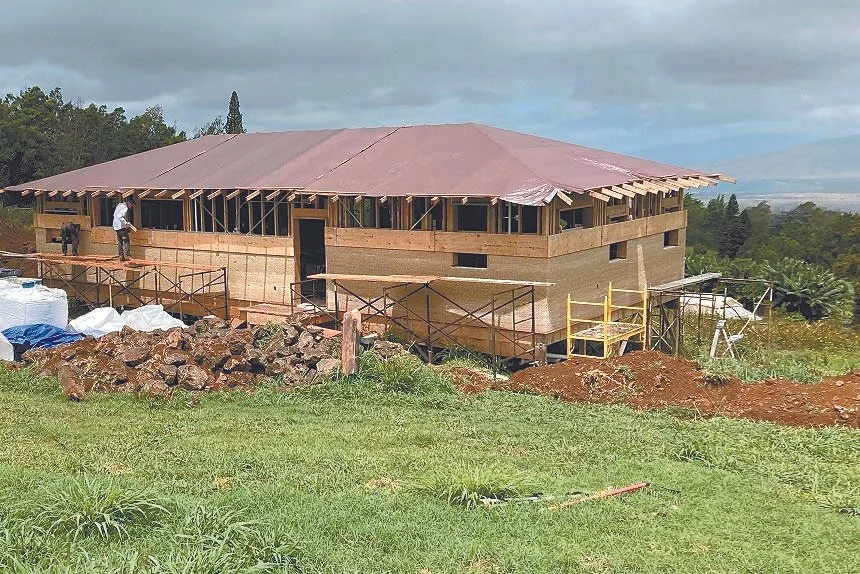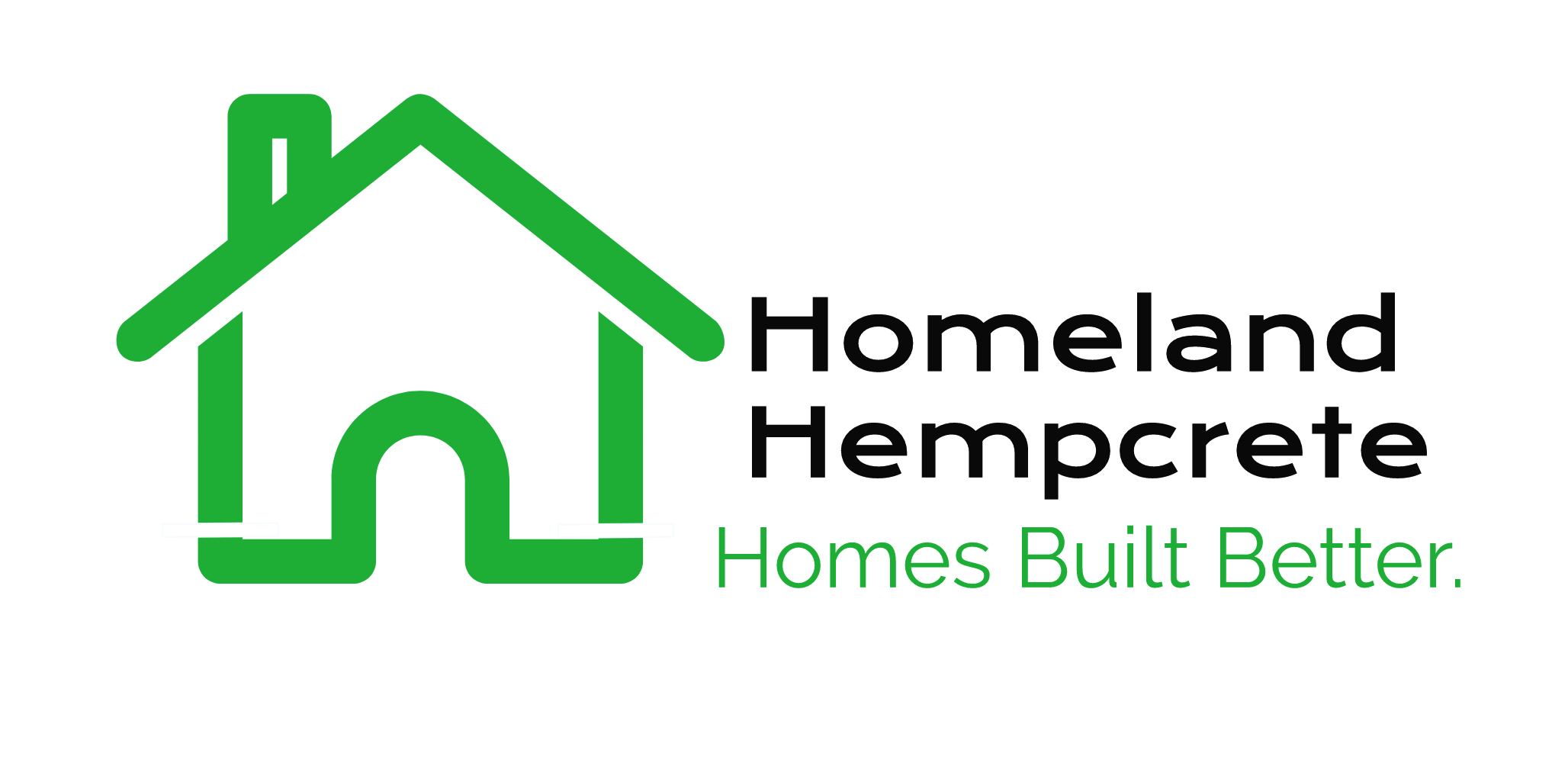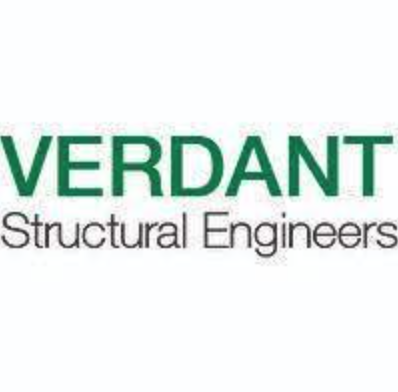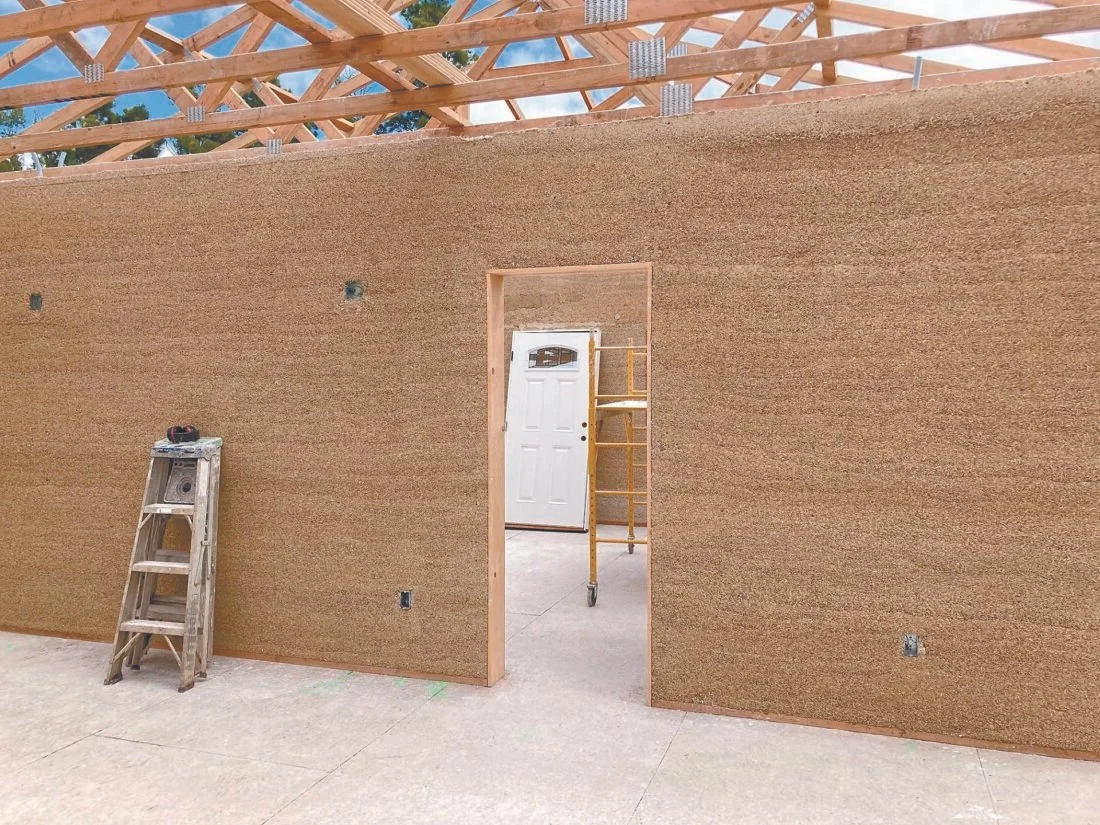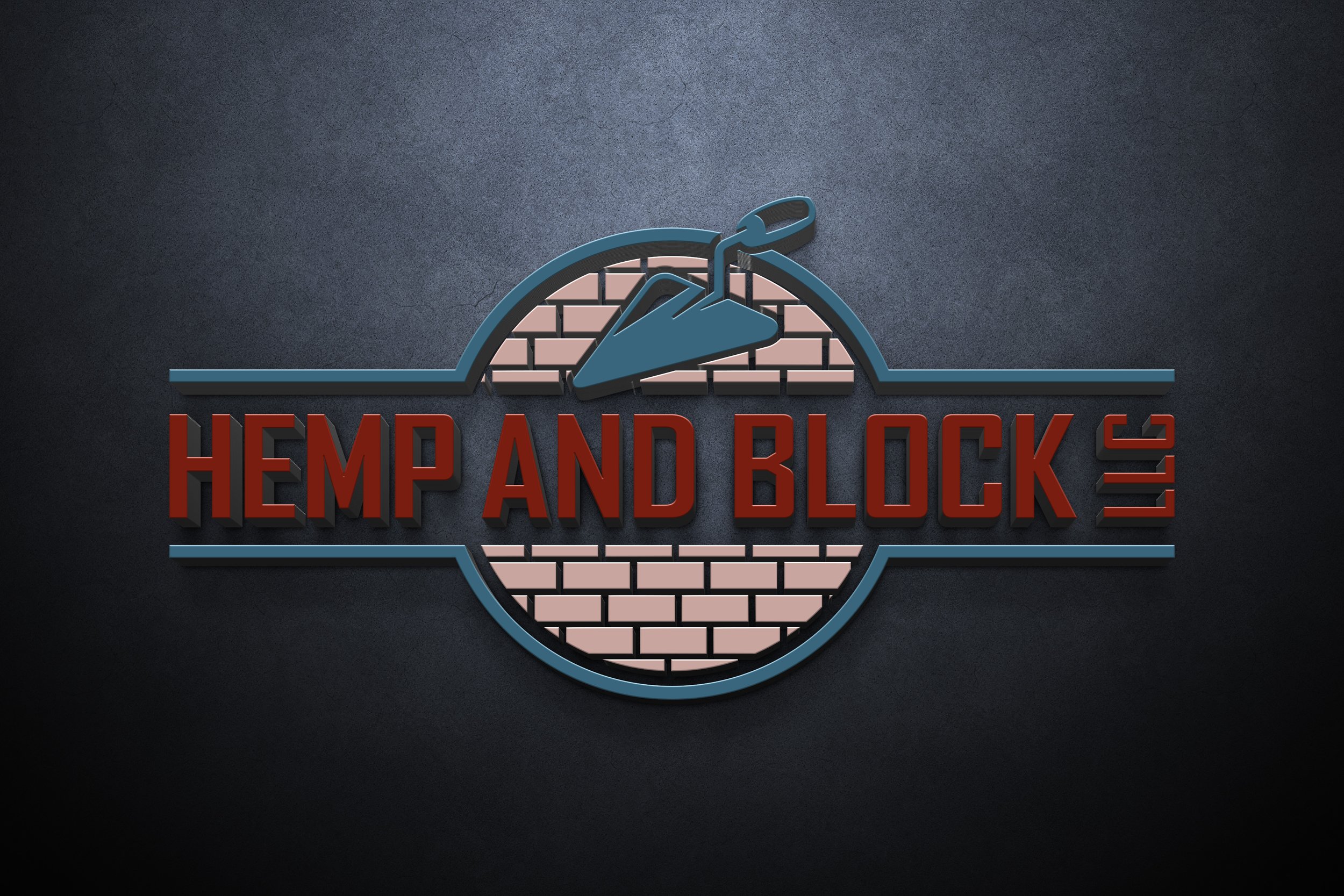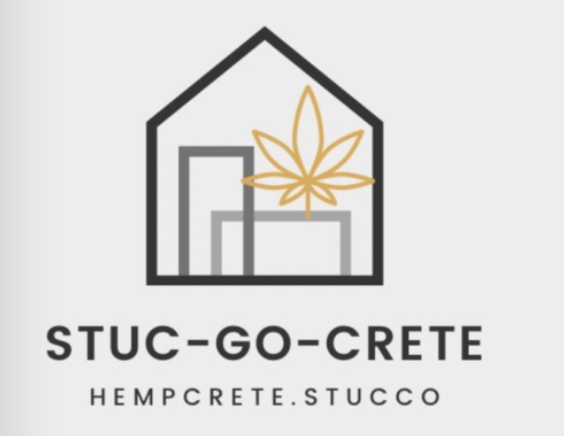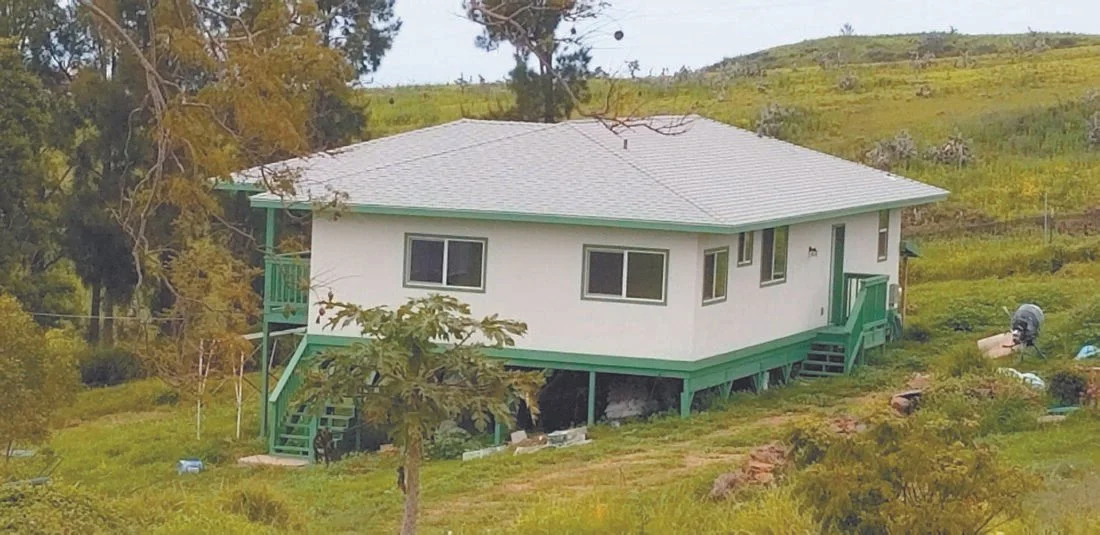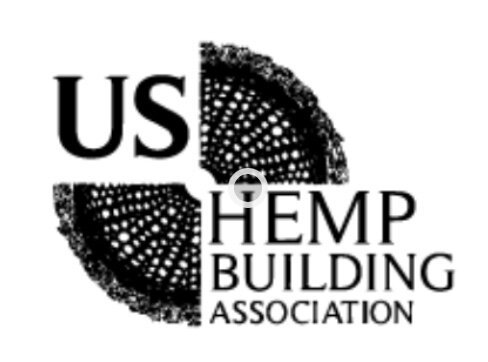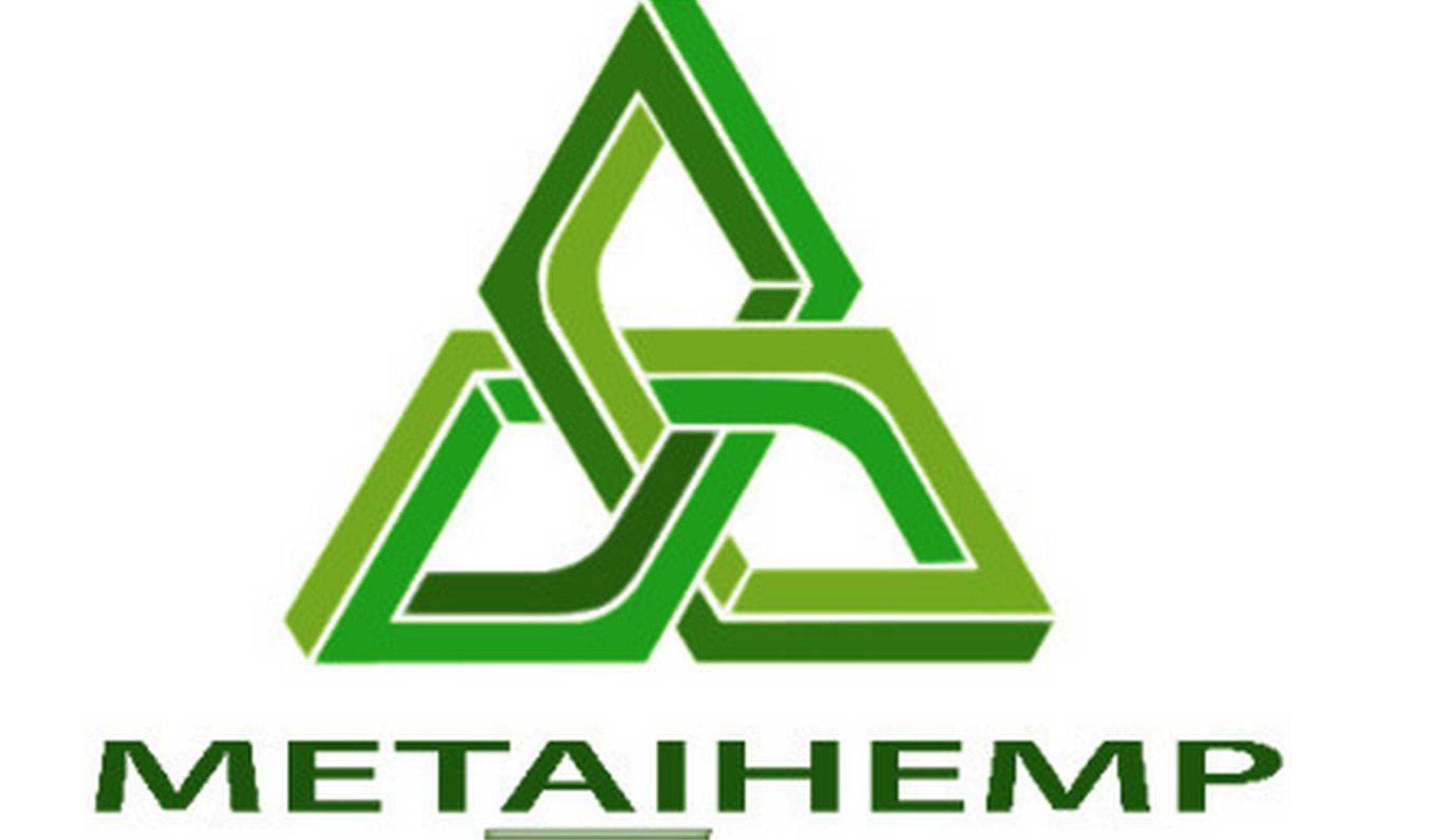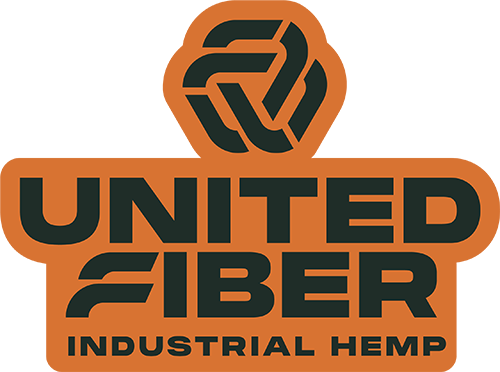Building in Maui with Hemp
The second home on Maui using hemp for wall construction has just been completed in Kula, using the services of Joe Smith and Hemp Homes Hawaii LLC. Photo courtesy Jon Woodhouse
By Jon Woodhouse
This article first appeared in The Maui News
KAHULUI–Imagine one day having the possibility of building a home on Maui using locally grown hemp. As a construction product, hemp has extraordinary qualities. Mixed with lime, water and volcanic minerals to create hempcrete, this eco-friendly building material is not only fire, mold and termite resistant, it’s also a non-toxic, sound insulating, energy efficient product which absorbs carbon dioxide from the air.
The second home on Maui using hemp for wall construction has just been completed in Kula, using the services of Joe Smith and Hemp Homes Hawaii LLC. I am now the fortunate owner of a new house that could serve as a model of green building in the state. The first Maui hemp home was designed and built in Kihei by architect George Rixey, for retired NBA coach Don Nelson.
Walking into my home, you can feel the difference compared to conventional home construction. There’s a sense of stillness that’s palpable. One feels calm, almost like entering a sanctuary. “It’s like going to chapel,” reported Ginger Must (in The Appalachian Chronicle), who built a hempcrete house in West Virginia. Before the hempcrete was plastered, a friend said it felt like being in a forest.
“It creates a calming, cozy space,” explained Ukrainian civil engineer Sergiy Kovalenkov, who helped build my home. “Walk into the hemp house and you have these perfect conditions. It’s super comfortable in terms of humidity and it’s super comfortable in terms of temperature fluctuations.”
Kovalenkov gave a presentation on the advantages of hempcrete at the University of Hawaii Maui College in the summer of 2023. He was inspired to work with hemp after realizing that conventional construction methods were creating toxic environments. “When I first saw the hempcrete technology, it was a Eureka moment,” he recalled. “I realized that this is the future of the housing industry. It was a life-changing event.”
With Berlin-based Tao Cimate, Kovalenkov is currently building hempcrete homes for 170 displaced people and war orphans in western Ukraine, though, unfortunately, in January, his Hempire company office in Kyiv was hit by a Russian rocket.
Encouraging a locally grown hemp industry in the Hawaiian islands, Kovalenkov noted that “the pandemic showed us and war in Ukraine showed us when you start being cut off from the essential source of your materials you’re a hostage to the situation, because every sheet of drywall is imported to Hawaii. So why not manufacture something locally? You can grow your own house practically in the field next door.”
A hemp crop for building a three-bedroom home can be grown on around two and a half acres of land, and it will take about four months to mature.
“Hemp provides so many solutions to the crises that currently face humanity,” explained Steve Allin in his book Hemp Buildings: 50 International Case Studies. Allin pioneered hemp building in Ireland.
Hemp’s remarkable environmental benefits were compiled in a 2022 U.S. Department of Agriculture report on hemp production in Europe. They include “carbon storage, erosion prevention, increased biodiversity, low to no pesticide requirement, and breaking disease cycles in crop rotation.” As a climate solution, hemp absorbs up to two times more CO2 than a typical forest.
Hempcrete wall assembly in the Maui project. Photo by Jon Woodhouse
As the only Western European nation that never prohibited hemp cultivation in the 20th century, France has been a leader in industrial hemp construction. Large-scale hemp projects include a 4,000 square-foot sports center near Paris. A French government initiative to renovate historic buildings that were hundreds of years old discovered that using cement caused moisture to get trapped in the timber frames, rotting the old buildings. A combination of hemp and lime allowed moisture to pass through the buildings, thus preserving the valuable timber.
In Britain, major hemp projects include leading national retailer Marks & Spencer using hemp in the construction of a massive 198,000 square foot store. And the Triangle housing project north of London used hempcrete to construct 42 terrace homes.
America has been slower to catch up as industrial hemp production was only legalized in 2018. Production was banned in 1937, when the Marijuana Tax Act was passed. Before the ban, Henry Ford used hemp fiber composites in his first Model T car.
In terms of building safety, the use of hemp-lime mixtures as a non-load-bearing building material was included in the 2024 International Residential Code (IRC), which governs U.S. residential building codes for 49 out of 50 states, including Hawaii. The U.S. Hemp Building Association reported the approval could help hempcrete building go more mainstream.
Besides the method used to construct my home, you can make bricks out of hempcrete, you can 3D print with hempcrete, use engineered hemp wood, and even spray a mixture of water, lime and hemp inside walls instead of foam insulation.
“Modern construction industries are a toxic cocktail,” noted Tim White of the Texas Healthy Homes company in a recent article in The Guardian. Using hemp can create “a healthy indoor environment built using historic building materials with a track record that’s thousands of years old.” We consulted with White about plastering my Kula house.
Eco-friendly construction materials like hemp actively contribute to healthier living environments and enhance indoor air quality, lowering the risk of respiratory ailments, allergies, and other adverse health effects.
A healthy alternative to building with drywall, which can contain harmful carcinogens like formaldehyde and acetaldehyde, hempcrete construction has a few drawbacks. It’s a slow, labor-intensive process. On some days I had a bunch of friends and volunteers helping gradually erect the walls, methodically packing the hempcrete into forms between the 2×4 framing studs.
And it was expensive because the hemp had to be imported by container from the Mainland. Hempcrete needs time to dry, typically around four to 6 weeks, and once dried, the walls were plastered and then painted with non-toxic, white limewash paint. Containing no volatile organic compounds, limewash is breathable, and bacteria and mold-resistant. Three walls were also painted with natural pigment colors.
In Minnesota, the Mdewakanton Lower-Sioux Tribe has launched an innovative green experiment on their reservation to grow hemp, process it into hempcrete, and build a hempcrete elementary school and healthy homes. Tribal Business News noted, “Those homes could benefit the Tribe’s members for generations. While the typical home has a 50 to 100 year lifespan, hempcrete homes are projected to last for hundreds of years.”
Reporting on the health aspect of building with hemp, Tribal Council Vice Chairman Earl Pendleton said, “this could solve a lot of the issues facing housing in tribal communities and low income communities.”
The pioneering project is the first vertically integrated hempcrete operation in the nation, and could be replicated in Hawaii. The Dutch company Dun Agro Hemp Group, which provided seeds for the Tribe, is looking to partner with other Native communities that have the sovereignty to build production facilities in the U.S.
Former Maui council member Kelly King had promoted hemp for building back in the early 2020s. “We had funding in the budget for a position in the climate office specifically for creating an industry made of local building materials like hemp, bamboo and recycled lumber,” she explained. “The position was hired and did none of what it was supposed to do. Nothing ever happened.”
Senator Mike Gabbard recently sponsored bills that could help hemp growers in Hawaii. “We currently have bill SB2364 and its companion HB2754 HD1,” he wrote in an email. “This bill establishes a Plant-Based Building Materials Working Group to report on how best to grow plants and develop plant-based building materials in Hawaii and provide economic development and green jobs while sequestering greenhouse gases to help achieve the State’s climate target.” Both bills passed a second reading. SB2364 was co-sponsored by Maui’s Senator Angus L.K. McKelvey. Senator Gabbard previously championed legislation that launched the University of Hawaii hemp study in Waimanalo.
Maui Councilmember Gabe Johnson supports hempcrete as an alternative building source. During construction, he drove up to Kula to visit my house. “I am a big proponent of industrial hemp which can benefit local farmers, economic development and diversification, affordable housing supply, and a resilient and healthy environment,” he reported. “Unfortunately, as a county, we don’t have the power to adjust rules regarding hemp cultivation, but we do adopt and administer the Building Code. In the last Building Code update, I strongly supported a provision to allow alternative materials, design and methods of construction and equipment. Builders using alternative materials such as hempcrete can present test results, data, and research reports to the Director of Public Works and get them approved.
This, along with a Green and Resilient Building grant fund and our Experimental and Demonstration Housing Fund, can help grow our hemp construction industry to provide more local affordable housing options. I believe that after August 8, we should be supporting innovative green and fire-resistant building materials such as industrial hemp as much as we can.”
This article first appeared in The Maui News
Another hempcrete home in upcountry Maui. Photo by Jon Woodhouse
Please Support Our Classified Advertisers
(To find out more about advertising CLICK HERE).
Help Wanted:
Publications
Hemp Building Directory 2024 - Guide to the International Hemp Building Industry
“Hemp Buildings - 50 International Case Studies” by Steve Allin
Green Builders
Build your hempcrete dream house in Austin, TX with Gradek Contracting and Design
8th Fire Innovations: 15 Years of Hemp Building in Alberta, Canada. Home of the Divita Block System
Experienced Natural Building Engineering Services from Verdant Structural Engineers, CA
Natural Materials Design at Plural Office Architects, Austin TX
Hemp Building Research and Training
Enrolling now Hemp Build School Masterminds online and IRL for Homeowners and Professionals
Hemp Hurd (shivs)/Hemp Fiber/ Hemp Microfiber
Your Hemp Agricultural Solutions: Whitefield Global Holdings
Grown in USA: Hemp and Fiber specialists at Complete Hemp Processing
Hemp Building Supplies, No Order Too Small. Hemp Traders, Los Angeles
Hempcrete installers/Insulation subcontractors
Hemp Build Network: We Make Building with Hemp Possible, New Braunfels, TX
Hemp Building Company: Hempcrete installation, supplies Lafayette, CO
Design and build your Hempcrete home with HempStone LLC complete consultants
Lime Binder
Hemp Batt Insulation/Supplies
Hemp Wall Panel Products
Preorder your hempcrete tiny house from Sativa Building Systems
Panel solutions from Homeland Hempcrete
Hemp Blocks
Financial Services:
Professional Associations

